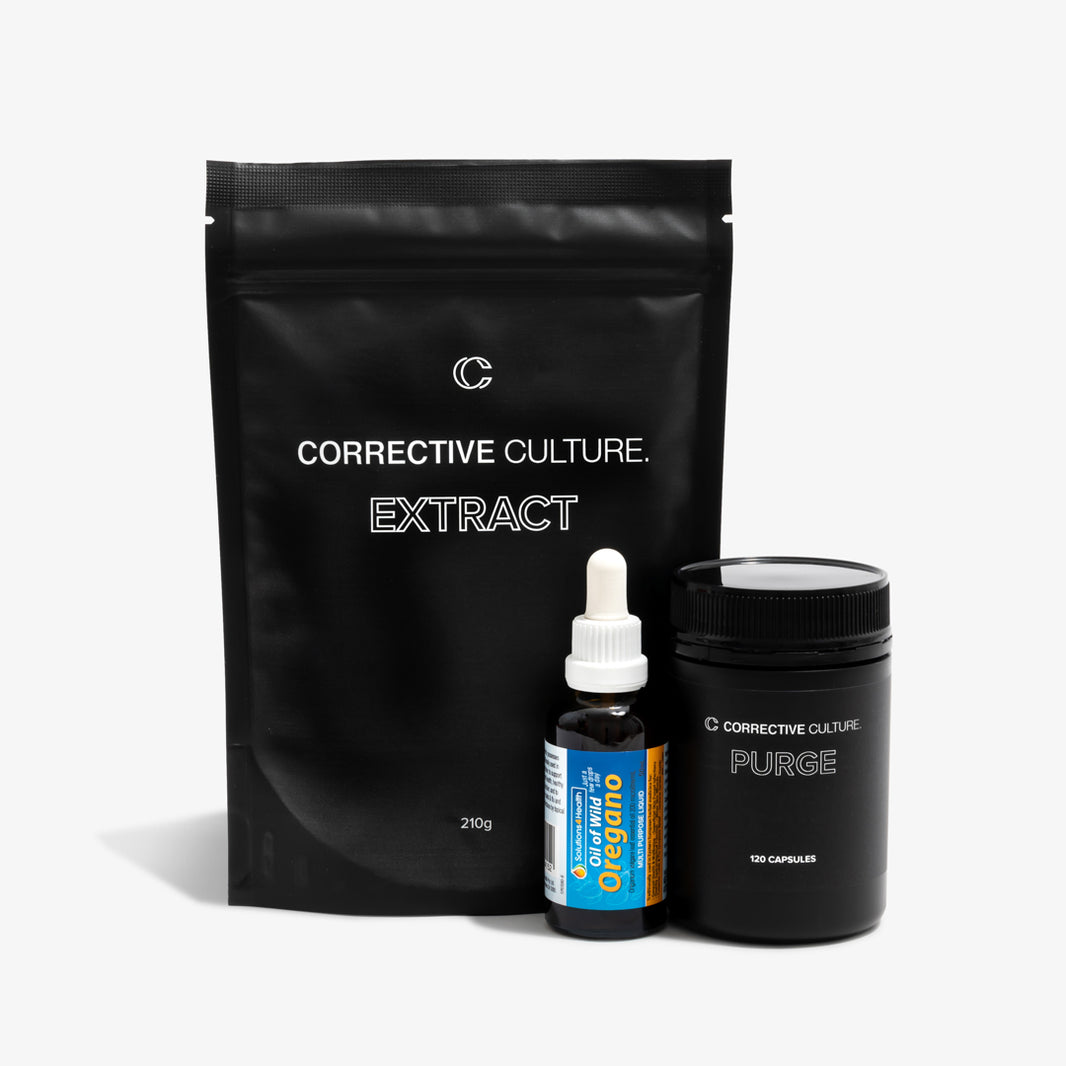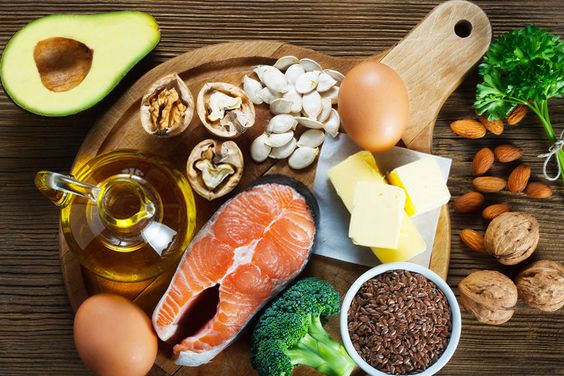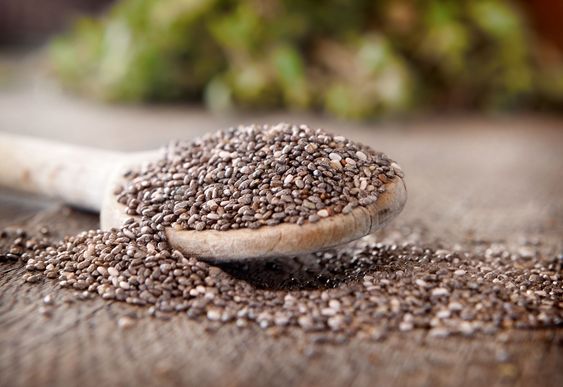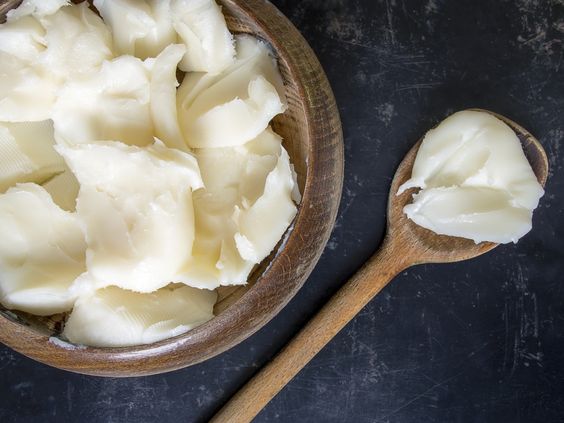Ever feel like you're walking a tightrope when it comes to understanding omega 3 vs omega 6? You're not alone!
Picturing these fatty acids as two rival footy teams might help. Each has its fans and unique strengths but can't quite seem to agree on the best game plan.
We've all heard they are important for our health, right? But why is there such a contention between them?
This post will cut through the confusion. We'll dive deep into their structures, benefits and food sources.
If your head's spinning from trying to keep track of which one is better... By the end of this read, you'll have a grip on them both.
Table Of Contents:
- Understanding the Omega-3 vs Omega-6 Debate
- Omega-6 And The Seed Oil Problem
- Spotlight on Omega-3 Fatty Acids
- Animal Fat: The Long Lost Alternative
- Conclusion
Understanding the Omega-3 vs Omega-6 Debate
Let's face it, comprehending essential dietary fats like omega-3 and omega-6 fatty acids can be a bit complex. But don't worry, we're here to break it down for you.
The Structure: More than Just Carbon and Hydrogen Atoms
Both of these fats consist of lengthy sequences of carbon atoms bound up with hydrogen atoms. The difference lies in the placement of their double bonds. In omega-3 fatty acids, the bond appears at the third carbon atom from the end, while in omega-6 fatty acids, it's found at the sixth carbon atom from the tail-end.
This slight difference may not seem significant, but it has a profound impact on how each type functions in our bodies, making them crucial for our overall well-being.
Maintaining Balance: It’s Not Just About Eating Fish and Chips.
Achieving equilibrium between your omega-3 and omega-6 fat consumption is necessary to experience their advantageous health effects.
Most modern diets tend to have higher levels of omega-6 consumption, which can disrupt this balance if left unchecked.
You see, back in the day (like way back), humans used to consume omega-6 and omega-3 fats in a 1:1 ratio. But fast forward a few millennia and this balance has gone outta whack - now it could be as much as 20:1. Some of the main reason are:
- We've become real keen on processed foods packed with omega-6s.
- Our consumption of anti-inflammatory omega-3s hasn't kept pace.
- The use of seed oils in most of cooking instead of animal fats or saturated fats.
- Use of seed oil in most commercial products.
The Pivotal Role of Essential Fatty Acids in Promoting Wellness
At Corrective Culture, we believe that keeping a healthy balance between omega-3 and omega-6 is essential for optimum wellbeing. It aligns perfectly with our holistic wellness approach, which includes promoting healthy musculoskeletal systems as we age.
Omega-6 fatty acids can stir up inflammation, while omega-3 fatty acids help calm it down. When we have an excess of omega-6 and a shortage of omega-3, it can create a pro-inflammatory situation in the body. This ups the chances of chronic conditions like heart disease, stroke, cancer, and autoimmune diseases.
Proper consumption of these fatty acids can help reduce inflammation, making them an essential part of the therapeutic practices we advocate here at Corrective Culture. So, when planning your meals, remember to prioritize this balance.
Getting the hang of omega-3 and omega-6 isn't as tough as it seems. You just need to grasp their structure, know where they're hiding, and keep things balanced. Don't let your meals be all about fish 'n' chips; nuts and seeds are awesome sources too. A well-rounded intake of these vital fats is key for brain growth, cell function.
Omega-6 And The Seed Oil Problem
You've likely come across omega-6 fatty acids, aye? They're a type of polyunsaturated fat that our bodies need but can't produce on their own. That's why they're referred to as 'essential' fatty acids.
Omega-6 fatty acids, such as linoleic acid (LA) and arachidonic acid (ARA), are essential for normal brain function and growth. However, too much of it can be detrimental.
Omega-6 fatty acids can cause inflammation, while omega-3 fatty acids help reduce it. When we have an excess of omega-6 and a deficiency of omega-3, it can create a pro-inflammatory condition in the body. This raises the likelihood of chronic diseases like heart disease, stroke, cancer, and autoimmune disorders.
Why We Should Avoid Seed Oils
One of the main source of omega-6 fatty acids in our diet is seed oil. It is so high in unstable polyunsaturated fats that can easily oxidise. The oxidisation of seed oils produces harmful compounds called free radicals. Free radicals play a role in the development of chronic diseases and cells and DNA damage.
In addition, seed oils are also often processed using chemicals and high heat which can cause further damage to the oils and make them more harmful to our health.
One solution to limiting your omega-6s is by limiting your seed oil intake. Instead, focus on eating foods that are high in omega-3 fatty acids, such as fatty fish, walnuts, and flaxseeds.
You should also avoid processed foods, as they often contain high amounts of seed oils.
Seed Oils to Avoid
These are the omega-6 oils that you should steer away from:
- Sunflower Oil
- Safflower Oil
- Canola Oil
- Corn Oil
- Soybean Oil
- Cottonseed Oil
- Grapeseed Oil
- Rice bran Oil
Tips for Avoiding Seed Oils
- Read food labels carefully.
- Use other cold-pressed fruit oils such as olive oil, avocado oil, or coconut oil.
- Eat raw seeds and nuts instead of roasted or fried.
- Avoid processed foods, such as chips, cookies, and crackers.
- Make your own DIY products at home using fruit oils
Omega-6 fatty acids, such as linoleic and arachidonic acid, are vital for our well-being but our bodies can't make them. They're found in seeds, seed oils, nuts and whole grains. IT is best to avoid seed oils for omega-6 intake because of it's highly processed nature and susceptibility to oxidisation.
Spotlight on Omega-3 Fatty Acids
Omega-3 fatty acids are incredibly beneficial for your health, particularly in terms of preventing heart disease and promoting brain health. But where can you find these powerful nutrients?
Fish Oil: A Treasure Trove of EPA and DHA
You've probably heard about the advantages of fish oil, right? Oily fish like salmon and mackerel are rich in EPA and DHA, two types of omega-3 fatty acids that can help reduce inflammation associated with a healthy heart.
The good news is that oily fish like salmon or mackerel are abundant in these nutrients. Regularly incorporating them into your meals could help reduce inflammation, which plays a significant role in maintaining a healthy heart.
Flaxseed Oil & Chia Seeds: The ALA Powerhouses
Flaxseed oil, on the other hand, contains alpha-linolenic acid (ALA). Our bodies cannot produce this vital nutrient naturally, so we need to obtain it from food sources. And guess what? It’s not only essential for cell function but also helps prevent chronic diseases.
In addition to flaxseeds, another excellent source of ALA is chia seeds. By incorporating them into your diet, you can boost your intake of essential fatty acids while also increasing your dietary fibre – a win-win situation.
A Balancing Act: Omega 6 vs Omega 3 Intake
In modern diets, there tends to be an overconsumption of Omega 6 fats compared to Omega 3s. An over-indulgence of Omega 6s in comparison to Omega 3s can lead to inflammation, heart illness and other medical issues.
Looking to restore balance? Incorporate more omega-3 fatty acid-rich foods into your daily diet like steamed fish and avoid processed seed oils for omega-6 intake.
Animal Fat: The Long Lost Alternative
Fats play an essential role in our diets, yet not all fats are equal. Fats come in a variety of forms, including saturated, unsaturated, monounsaturated and polyunsaturated.
Saturated fatty acids, for instance, are typically solid at room temperature because they don't have any double bonds in their chemical structure. Monounsaturated and polyunsaturated fatty acids contain one or more double bonds, respectively, making them less solid at room temperature and providing distinct biological benefits.
In 1980, several studies were released that villainised saturated fats. Since then, animal fats, a frequently used product in the kitchen back then, became the subject of fear for many.
Those claims were debunked since then, but the controversy around saturated fats remained lurking. People had already found a cheaper, tasteless alternative to animal fats, seed oil.
We at Corrective Culture are here to destigmatize animal fat and uncover truths: Cooking with animal fats is healthy! Animal Fats pack a punch with flavour and depth, and are a highly nutritious alternative to seed oils. popular options are: tallow, ghee, butter, or duck fat.
Conclusion
So, you've navigated the complex world of omega 3 and omega 6 fatty acids.
You've discovered their structures, benefits, and food sources.
The key is to balance them out for optimal health. A healthy ratio can contribute to heart health, regulate blood pressure, and manage inflammatory responses.
If this has sparked your interest in overall wellness, we're just getting started mate!
At Corrective Culture, we believe in holistic physical therapy that lets you age gracefully while keeping your musculoskeletal system fit as a fiddle. Our online store offers courses and products that align with this philosophy.
Why not explore the next level of knowledge about Omega-3s and 6s? Visit us at Corrective Culture today! Let's start making better health choices together.











